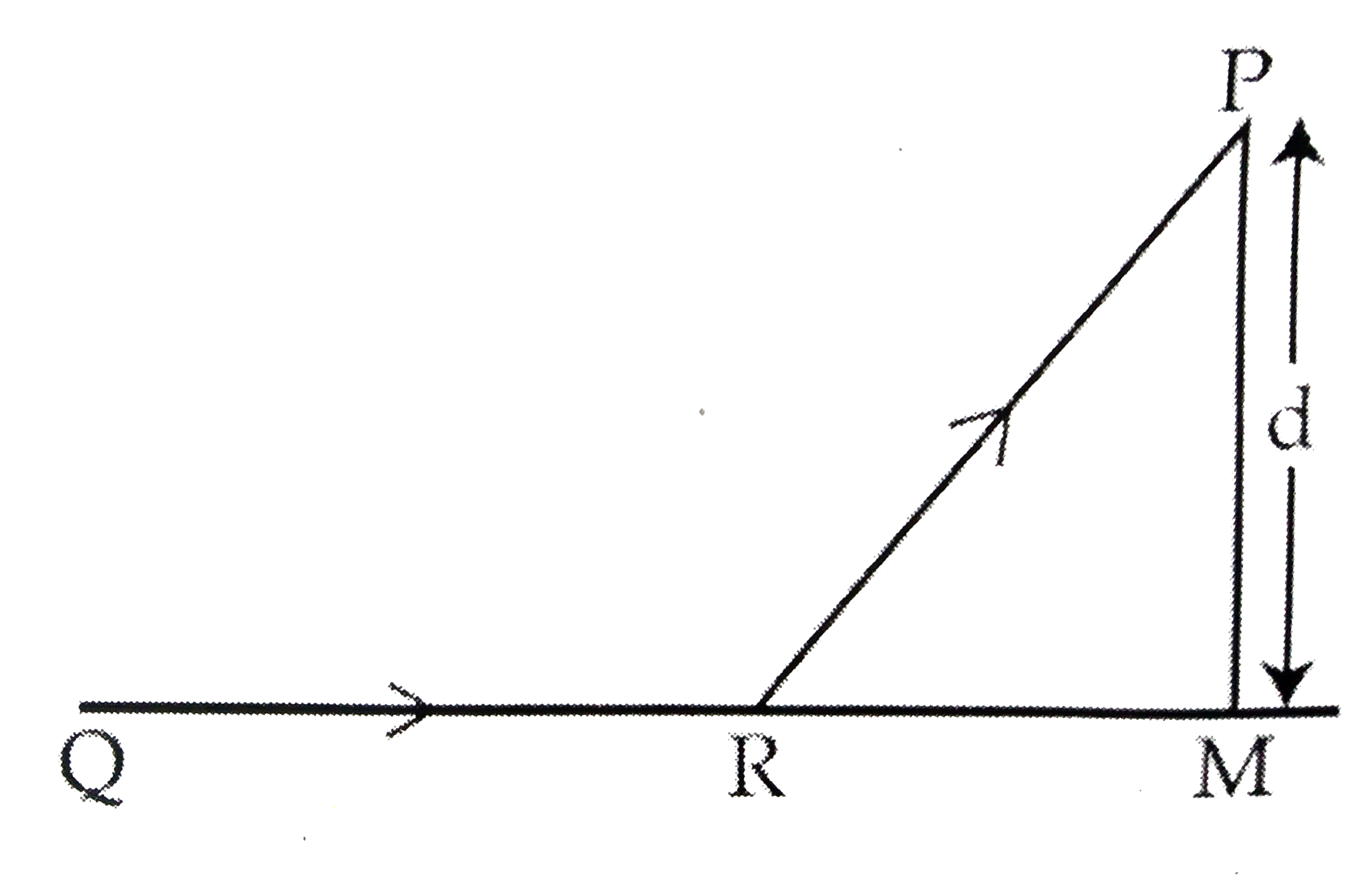The velocity 'v' reached by a car of mass 'm' on moving a certain distance from the starting point when driven by a motor with constant power 'P' is such that
v∞3Pm
v2∞3Pm
v3∞3Pm
v∞(3Pm)2
The correct Answer is:(3)
P=F.v,P=mv2dvds,∫v2dv=∫Pmds
Topper's Solved these Questions
- WORK , ENERGY & POWER BOOK - NARAYNACHAPTER - WORK , ENERGY & POWER EXERCISE - EXERCISE -III
54 Videos
- WORK , ENERGY & POWER BOOK - NARAYNACHAPTER - WORK , ENERGY & POWER EXERCISE - EXERCISE IV
43 Videos
- WORK , ENERGY & POWER BOOK - NARAYNACHAPTER - WORK , ENERGY & POWER EXERCISE - EXERCISE -II (C.W)
75 Videos
- WAVESBOOK - NARAYNACHAPTER - WAVESEXERCISE - Exercise-IV
56 Videos
- WORK POWER AND ENERGYBOOK - NARAYNACHAPTER - WORK POWER AND ENERGYEXERCISE - Level-VI (Integer)
12 Videos
Similar Questions
Engine of car of mass m supplies a constant power P. Starting from rest at an instant of time, then
View SolutionA man in a car at location Q on a straight highway is moving with speed v He decides to reach a point P in a field at a distance d from the highway (point M) as shown in th e figure . Speed of the car in the field is half to that on the highway what should be the distacne RM so that the time taken to reach P is minimum ?

View Solution
Knowledge Check
The speed v reached by a car of mass m in travelling a distance x, driven with constant power P, is given by
A(a) v=3xPmB(b) v=(3xPm)1/2C(c) v=(3xPm)1/3D(d) v=(3xPm)2The velocity acquired by a mass m in travelling a certain distance d starting from rest under the action of a constant force is directly proportional to :-
A√mBIndependent of mC1√mDmThe kinetic energy acquired by a body of mass m in travelling a certain distance starting from rest, under a constant force is
Adirectly proportional to mBdirectly proportional to √mCinversely porportional to √mDindependent of m
A particle starts moving in a straight from rest with constant acceleration until it reaches velocity v. The distance travelled by it until this point is . Then, it covers a further distance x at constant velocity. Finally, it slows down to rest at a constant rate such that it covers distance 2x. The total time for which the particle moved is T .Then ,Tvx=
View SolutionA railroad car of mass M is at rest on frictionless rails when a man of mass m strts moving on the car towards the engine. If the car recoils with a speed v backward on the rails, with what velocity is the man aproaching the engine?
View SolutionA particle starts from rest and moves with a constant acceleration of 4m/s2 for 10s, then it moves under constant seceleration and stops in 20s. Find (a) the maximum velocity attained by the particle (b) the total distance traveled and (c ) the distance/distances from the origin, when the particle is moving at half the maximum velocity.
View SolutionThe velocity v of mass m of a rocket at time t is given by the equation :
mdvdt+Vdmdt=0,
where 'V' is the constant velocity of emission. If the rocket starts from rest when t=0 with mass m, prove that :
v=Vlog(m0m).
View SolutionThe speed v reached by a car of mass m in travelling a distance x, driven with constant power P, is given by
View Solution
